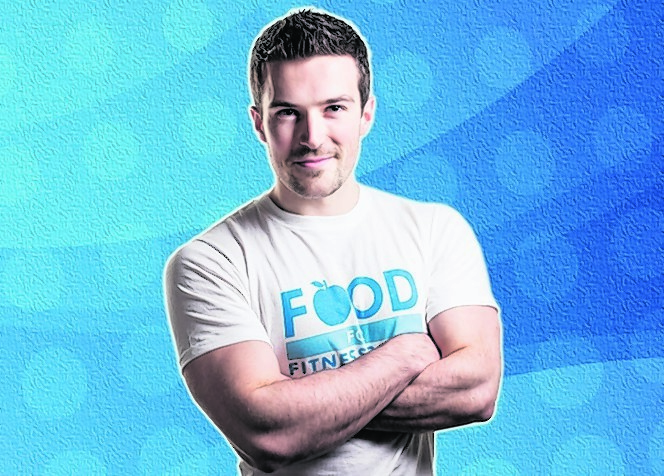Welcome back to my nutrition myths mini-series. In the last article we debunked the myth that carbohydrates eaten after six become more fattening. I explained why you don’t have to eat frequently to boost metabolism and that protein isn’t bad for the kidneys.
This week, I am going to clear the confusion around another two puzzling and frustrating myths that have the potential to disrupt a successful, enjoyable, healthy routine.
Myth 1: EATING FAT ALWAYS MAKES YOU FAT
We don’t like the kind that causes our bum to bulge and tummy to jiggle so eating fat must be bad, right? This isn’t always the case. Fat does have a high energy load – there are nine calories per gram – so it can be easy to consume a lot of calories if your diet is rich in fatty foods.
However, dietary fat is necessary for a host of important physiological functions such as manufacturing hormones, maintaining the health of your cells, providing energy and transporting fat soluble vitamins. If you’re eating a lot of high-fat foods that have little nutritional value such as biscuits, cakes, chips, crisps and rowies (sorry) then it would be a good idea to cut back these but add in some ‘healthier fats’ instead. Good sources of fat can be found in oily fish, olive oil, avocados, nuts, seeds. Generally speaking we’re looking to increase our Omega-3 intake and cut back on fats in heavily processed foods.
Myth 2: LOW CARBOHYDRATE DIETS ARE THE BEST AND ONLY OPTION FOR WEIGHT LOSS
Ok, so we know fats aren’t as bad as everyone makes out, but what about carbohydrates? Do I need to go on a low-carbohydrate diet to lose weight?
No.
There are many ways to skin a cat.
Low-carb dieting is pretty popular at the moment but studies consistently show that weight loss is primarily determined by caloric intake, not specifically diet composition. Low-carb diets often work because the person makes a big reduction in their overall calorie intake.
By cutting-out an entire macronutrient (carbohydrates) it causes a calorie deficit (less calories coming in that they are burning for fuel) which results in weight loss. However, low-carb dieters often rebound badly. Once they’ve reached their goal weight – boom – in go the carbohydrates that they’ve been deprived of for weeks or even months. Is this really sustainable? Rather than eradicating an entire food group, focus on the quality of your carbohydrates – cut back on the nutrient poor ones (crisps, sweets, sugary juice, cakes etc) and add in smarter, nutrient dense, more fibrous choices like wholegrains, fruit and root vegetables.
Hopefully this helps clarify another two topics that often confuse many in their quest to get fitter, healthier, leaner and stronger! Fat and carbohydrates can both be eaten in moderation and as always, focus on food quality and portion size.
- Scott Baptie is a nutritionist and Online Personal Trainer based in Aberdeen. He helps people move, look, feel and perform better.
